Neuromodulation
Neuromodulation is an exciting set of technologies that work by stimulating or ‘modulating’ cells in the brain and other parts of the nervous system and cause natural biological responses to be optimized. Neuromodulation is effective based on the principle of neuroplasticity (the fact that the brain has a modifiable nature which allows it to adapt and change with the right kind of repeated exposures). Neuromodulation technologies can thus enhance (or suppress) activity of the brain and nervous system to optimize different neural networks and hence improve brain and nervous system function.
Neuromodulation is used to treat a wide range of neurologic and neuropsychiatric conditions. These include depression, anxiety, OCD, ADHD, language disorders, impaired cognition, traumatic brain injury/concussions, headaches, pain, seizures, stroke, movement disorders and more. In our clinic we focus on neuromodulation therapies that are non-invasive and that utilize the power of electrical impulses, sound, light and electromagnetic signals (see below). The ultimate success of neuromodulation, as used at BRC, depends on 3 factors:
1. First making sure all prior neurochemical, gastrointestinal, metabolic, toxicologic, hormonal, immunological and nutritional problems that may be present are addressed as fully as possible.
2. Obtaining accurate neurodiagnostic tests including brain mapping.
3. Implementing and integrating the right combination of safe neuromodulation therapies for synergy in a rationale way to improve brain function (the goal being to rewire the brain, balance neurotransmitters and regulate brainwave functions long term).
Transcranial Direct Current Stimulation (tDCS)
This is a type of brain stimulation that uses direct electrical currents to stimulate a particular part of the brain. The current used is of low intensity (not to be confused with electroshock or electroconvulsive therapy that uses extremely high current levels). The stimulation used can act to either excite neuronal activity (‘anodal stimulation’) or reduce neuronal activity (‘cathodal stimulation). Each session typically lasts between 20- 30 minutes. There are 2 types of tDCS that we use (and which can be done in the office or at home):
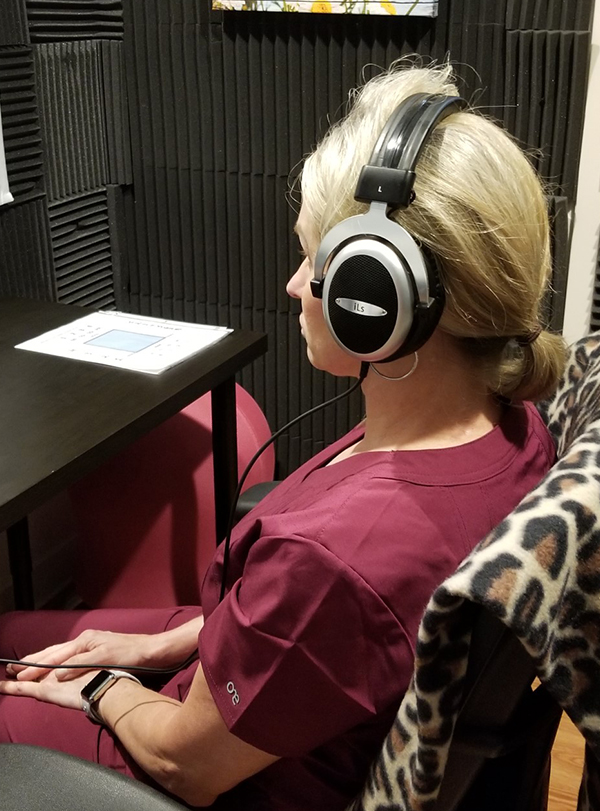
The Safe and Sound Protocol (SSP)
This is a sound-based intervention that is done over 5-10 consecutive days (and which can be done in the office or at home) to calms emotional and physiological states and hence reduces stress and auditory sensitivities. This allows improvement in various sensory, emotional and cognitive areas. Specific conditions that are shown to benefit from SSP include:
- Social and emotional difficulties
- Auditory sensitivities
- Anxiety and trauma-related challenges
- Inattention
- Stressors that impact social engagement
Summary and overview of SSP by Dr. Stephen Porges –
Our Mission
To optimize brain function for anyone suffering from neurological challenges to restore hope, enhance wellness, and maximize quality of life.
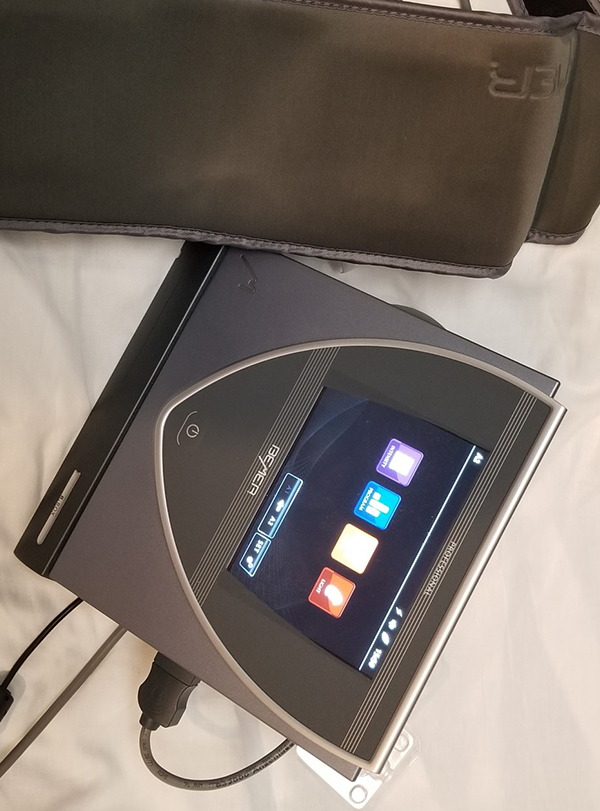
Physical Vascular Therapy
This is a type of therapy that works on the microcirculation (the smallest blood vessels in the body) to improve its function. This is accomplished by the use of a pulsed electromagnetic field or ‘PEMF’. This signal allows proper blood flow in the microcirculation (capillaries) that is vital for health.
Watch video.
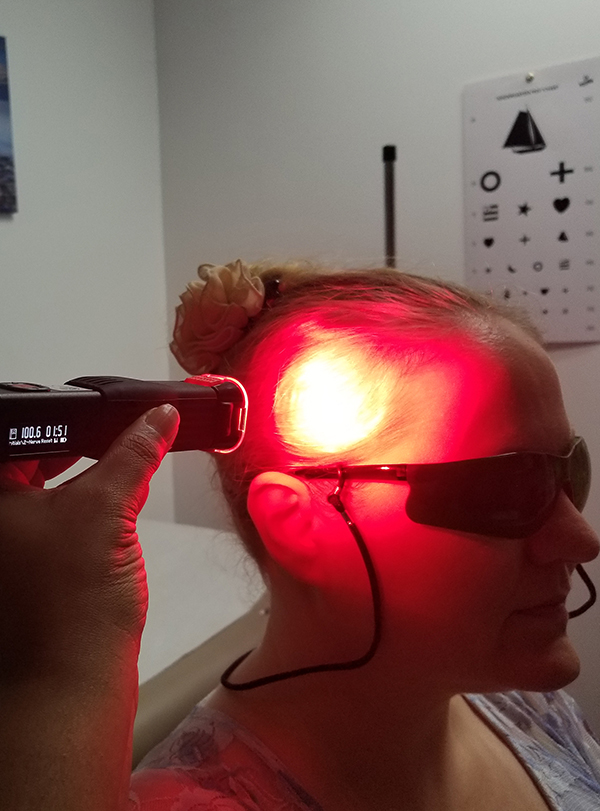
Photobiomodulation (Low Level Laser Therapy – LLLT)
This is a type of light therapy (non-thermal) where a laser is used to stimulate tissues in the body resulting in reduction of inflammation and pain, immunomodulation and promotion of tissue regeneration. The mechanism that allows light therapy to be therapeutic is its effect on the mitochondria (cytochrome c oxidase) leading to improvement in cellular function.
LLLT for brain disorders and overall overview –
- Shining light on the head: Photobiomodulation for brain disorders
- Photobiomodulation and the brain: a new paradigm
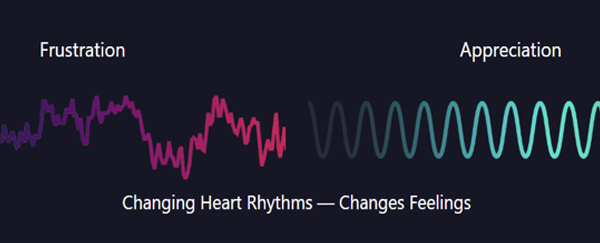
HRV biofeedback (training)
HRV (heart rate variability) biofeedback is a type of cardiorespiratory (heart-lung) training where beat by beat heart rate data is provided via slow breathing maneuvers. The net effect is optimization of the so-called ‘respiratory sinus arrhythmia (RSA) where the heart rate variability (‘R-R interval on an EKG) in synchrony with respiration is shorted during inspiration and prolonged during expiration. This intervention is used for a wide variety of conditions (ranging from medical to neuropsychiatric).
Biofeedback
Biofeedback uses technology to provide individuals with real-time information (“feedback”) on their body’s automatic systems (“bio”). By becoming consciously aware of what is going on inside the body, one is able to gain more control over physical, mental, and emotional states. Biofeedback can specifically apply to the brain (‘neurofeedback’) or heart (‘HRV biofeedback’) – see below.
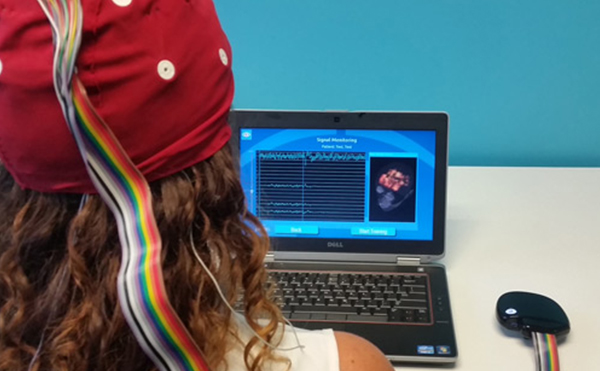
Neurofeedback
Through interaction with the computerized program, an individual is able to train the mind to control bodily functions to improve health. Research shows that neurofeedback can improve memory, attention span, pain and can lower stress among other things
Neurocognitive Testing
Objectively Measure Your Cognitive Function
Whether you’re recovering from a neurological condition or seeking optimal brain health and wellness, it all starts with an engaging and scientifically-validated cognitive assessment.
Gain a comprehensive understanding of your brain health, which will be used by healthcare progessionals to individualize treatment or wellness plans according to your needs.
Re-assess your cognition throughout treatment to objectively measure improvements, giving you confidence that interventions are having the desired affects.
Continue monitoring post-treatment to ensure you’re maintaining a level of cognitive function that enables you to live your best life.
A Creyos neurocognitive demo is accessible via the following link:
http://health.creyos.com/en/site/brain_restoration_clinic_demo/Two
At BRC, we use a variety of tools including:
- Rational use of pharmaceuticals (that we deem safe based on pharmacogenetic or DNA testing) Click here
- Nutraceuticals (dietary supplements) including some of our BRC supplements e.g. Total Brain Restoration that supports total brain health and recall ability, provides nutrients that support antioxidant and mitochondrial mechanisms as well as protein and amino acids for neurotransmitter production.
- Electroceuticals (cutting edge therapeutic agents which act by targeting the neural circuits of organs and modulating them, that is providing neuromodulation)
Start the Conversation
Email Us
Call Us/Fax
Phone: (704) 541-9117
Fax: (704) 541-9137
